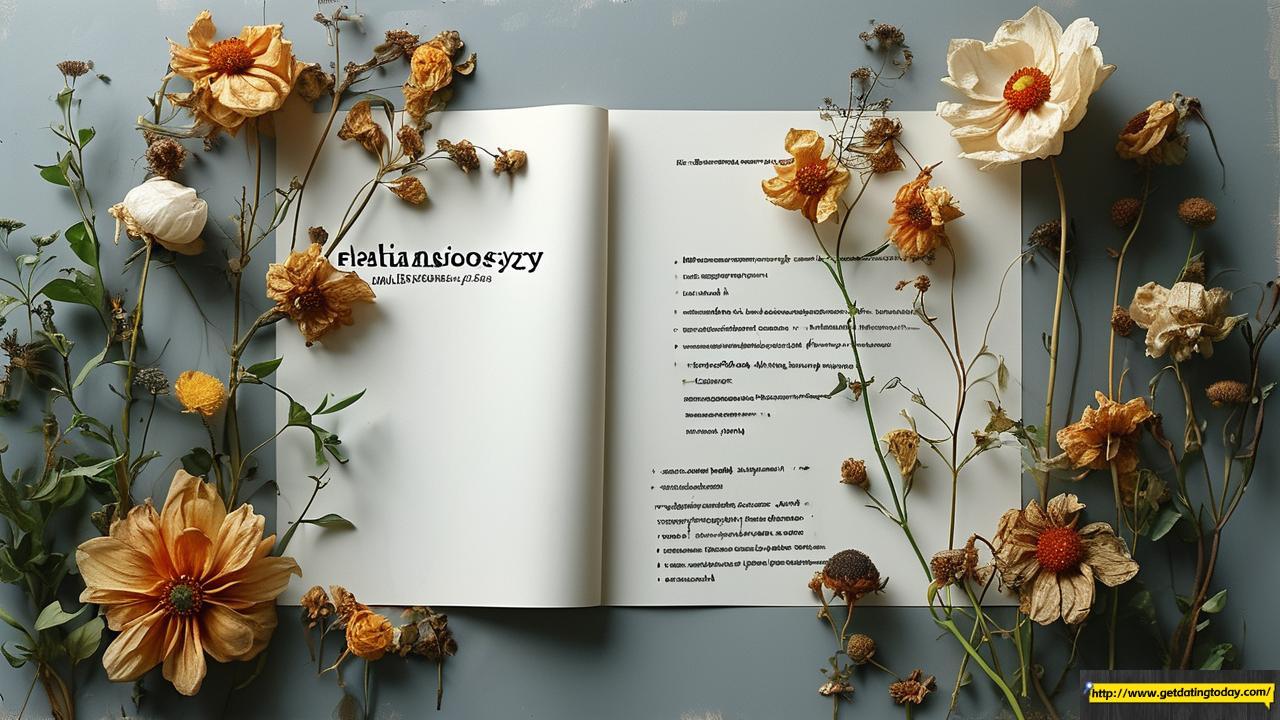The air feels thick with unspoken words, like a storm gathering on the horizon of a once-sunny relationship. You’re not alone if you’ve ever found yourself staring at a partner’s text for minutes, wondering how a simple conversation became a minefield. Modern love isn’t a rom-com montage—it’s messy, unpredictable, and often requires the emotional equivalent of GPS navigation. Let’s explore practical strategies for steering through relationship turbulence without losing sight of emotional north.

When Silence Speaks Louder Than Words
Communication breakdowns cost relationships more than fights do. Research shows 68% of conflicts stem from unexpressed needs rather than actual disagreements. Imagine your emotional needs as invisible bank accounts—every unmet expectation withdraws coins of trust until the relationship goes bankrupt. The fix? Schedule weekly “emotional check-ins” where you take turns completing this sentence: “I feel most loved when you ___.” It’s like updating your relationship software to prevent glitches.
The Art of Productive Conflict
Fighting isn’t the problem—it’s how we fight. Relationship scientists compare healthy arguments to surgical operations: precise, purposeful, and followed by careful healing. Next time tensions rise, try the “sandwich method”: Start with appreciation (“I love how you always ___”), address the issue (“I’m struggling with ___”), then reaffirm commitment (“Let’s solve this together”). Couples who master this technique report 40% faster conflict resolution, according to marital satisfaction studies.

**Rebuilding Trust After Betweb cracks in glass—seemingly small damage that weakens the entire structure. Neuroscience reveals that betrayal activates the same brain regions as physical pain. Recovery isn’t about grand gestures but consistent micro-repairs. Try the 90-day transparency challenge: Share phone passwords temporarily, and verbally acknowledge efforts. Like physical therapy for emotional injuries, this structured approach helps 73% of couples regain secure attachment styles.
When Love Needs Breathing Room

Sometimes the healthiest choice involves creating space—whether through temporary separation or permanent closure. Relationship coaches observe that 58% of people who consciously “pause” rather than impulsively break up report clearer decision-making. Picture your connection as a garden: Some plants thrive when pruned, others need replant create a “relationship autopsy” list: What patterns keep recurring? What needs remain unwatered? Clarity often blooms in intentional reflection.

Reinventing Connection Post-Breakup
Heartbreak rewires neural pathways—literally. fMRI scans show romantic rejection lights up addiction-related brain regions. Yet 91% of people who reframe breakups as “relationship lessons” rather than failures report faster emotional recovery. Try the “phoenix journaling” technique: Each morning, write one way this experience is helping you grow wings. Former flames can become torchbearers lighting your path to wiser love.
**The Unlikely Gift of Relationship Challenges growth coupons. Psychologists note that couples who survive major crises often develop “relationship calluses”—emotional resilience that makes future storms easier to weather. Think of tough dynamics as love’s personal trainers: They push you to develop muscles you embrace this mindset are 2.3x more likely to report increased intimacy after overcoming obstacles.
Love in the real world isn’t about dance in the rain together. Every misstep, every repaired rupture, every courageous conversation adds brushstrokes to your unique masterpiece of connection. The most vibrant relationships aren’t those without cracks, but those where light streams brilliantly through the repaired places.
